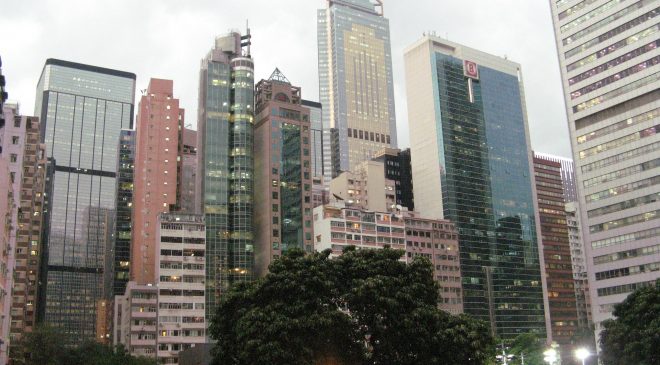
Moving forward with innovation and technology after COVID-19.
The Hong Kong Government’s Office of the Government CIO (OGCIO) has released the Smart City Blueprint for Hong Kong 2.0 (Blueprint 2.0), with more than 130 smart city initiatives.
In December 2017 the Government published Smart City Blueprint for Hong Kong (Blueprint), setting out 76 initiatives under six smart areas (i.e. “Smart Mobility”, “Smart Living”, “Smart Environment”, “Smart People”, “Smart Government” and “Smart Economy”), with a view to addressing the challenges of city management and improving people’s livelihood through innovation and technology (I&T). Among them, more than 40 initiatives were completed or under completion in stages, said the Secretary for Innovation and Technology Alfred Sit.
“In the past three years, various bureaux/departments and related organisations have been committed to taking forward these initiatives, including the launch of the Faster Payment System in 2018, the expansion of free public Wi-Fi hotspot coverage across the territory and the adoption of various smart solutions at the airport,” he said.
Blueprint 2.0 includes initiatives that are under implementation or of an ongoing nature such as open data and on-street parking meters supporting remote payment. In addition, over 60 new initiatives were implemented after the first Blueprint was published in the end of 2017. These include:
Smart Mobility
- Develop a Traffic Data Analytics System to enhance traffic management and efficiency
- Set up the Smart Traffic Fund to promote research and application of vehicle-related I&T
Smart Living
- Use the “iAM Smart” platform to streamline the Transport Department’s licensing services
- Explore the use of telehealth, video-conferencing and remote consultation in Hong Kong
- Smart Environment
- Launch the “smart toilet” pilot programme and explore the application of technologies in public toilets
- Improve pest control using technologies such as Internet of Things technology
Smart People
- Implement the IT Innovation Lab in Secondary Schools Programme
- Continue to implement the STEM Internship Scheme
Smart Government
- Develop the Electronic Submission Hub for processing building plans
- Implement the Be the Smart Regulator Programme to facilitate online application for all licences, and reform government services involving applications and approvals under the Streamlining of Government Services Programme
Smart Economy
- Develop an online platform to provide efficient and cost-effective online dispute resolution and deal-making services
- Develop the eMPF Platform by the Mandatory Provident Fund Schemes Authority
Blueprint 2.0 has also put forward the idea of smart village pilot initiatives to explore the use of technologies to address daily life issues faced by residents living in the countryside and further remote areas, such as medical consultation for the elderly and traffic arrangements.
“The world has been hard hit in 2020 by the COVID-19 pandemic, which has changed our daily lives and business operation modes a lot,” Sit said. “Our epidemic control and prevention work over the past 11 months have brought about many insights in taking forward I&T development, including transforming the conventional service modes with an innovative mindset and addressing the new normal with wider use of technologies.”
The new chapter covers work implemented or being planned, including:
- Deploy the “StayHomeSafe” home quarantine system
- Deploy the “LeaveHomeSafe” exposure notification and mobile app
- Promote the use of contactless payments in public markets
Established the COVID-19 Online Dispute Resolution Scheme to provide businesses and the public with speedy and cost-effective online dispute resolution services.
Tags: Hong Kongsmart city




